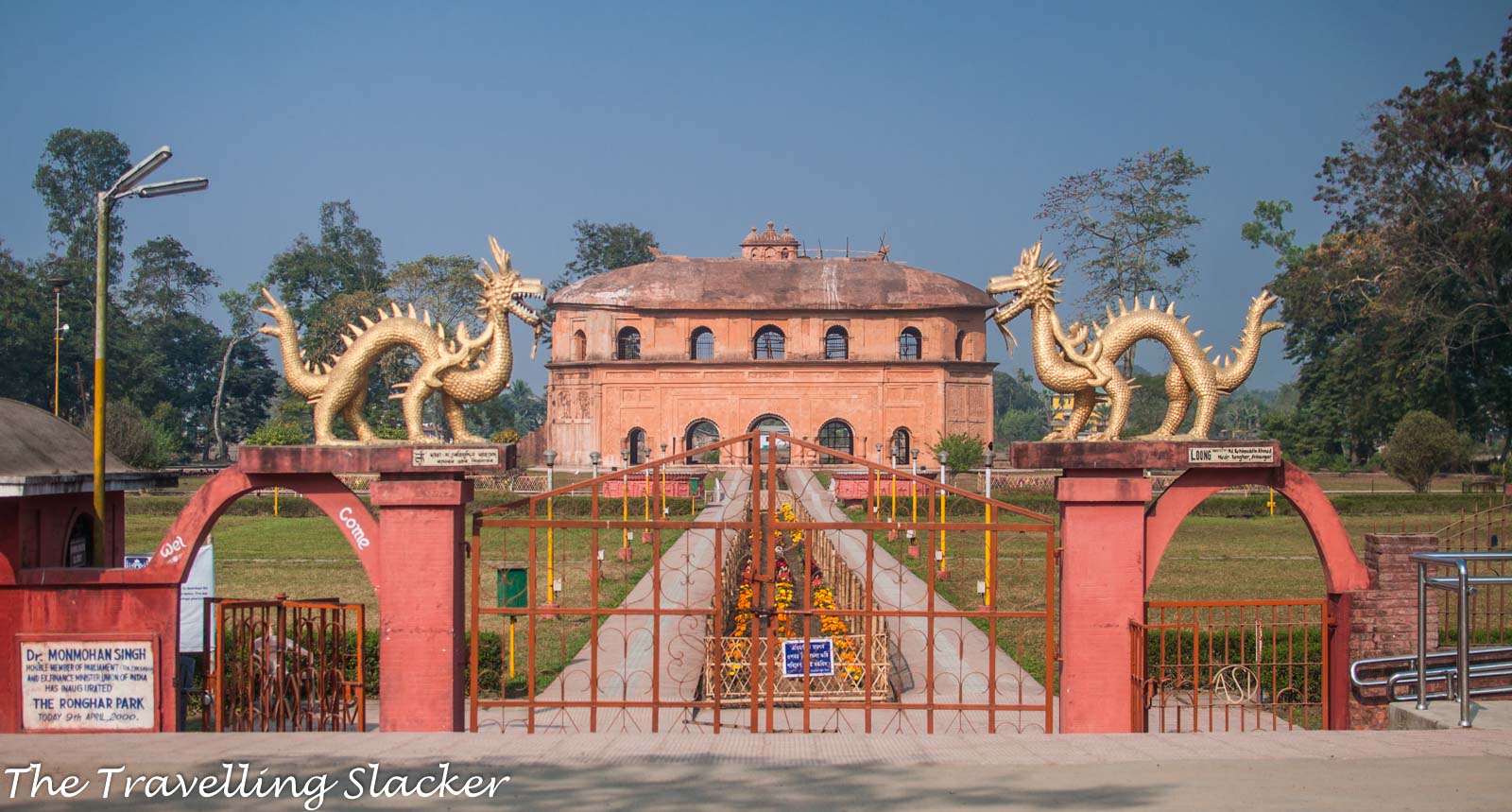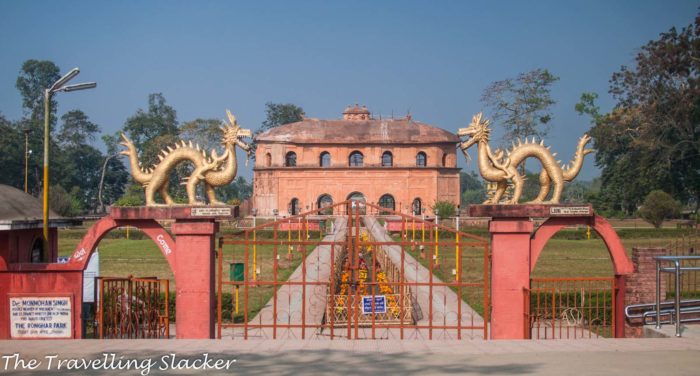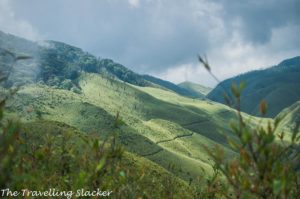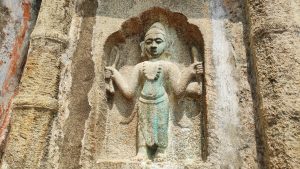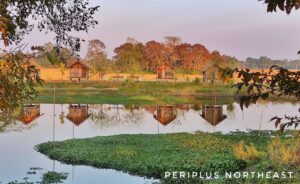Table of Contents
Understanding Assam
The first thing you need to understand is that Assam is primarily a plain area comprising of two major river valleys, with a small hilly stretch in between. Since the rest of the NE is full of hills, most people mistakenly assume Assam also to be a hilly area but as a matter of fact, Assam is mostly plain, easy to explore, and the weather also mostly remains warm even during the winter.
Brahmaputra Valley
The valley along the river Brahmaputra, stretches from east to west, from Arunachal to Bangladesh border. Most major cities in Assam is scattered along the banks of this great river, which is so deep that it remains navigable throughout the year. Numerous national parks and sanctuaries are also scattered over these floodplains.
Hill Districts
Dima Hasao and Karbi Anglong are two hill districts in Assam. This is also a beautiful area dotted with waterfalls, lakes, and low peaks. However, tourism efforts have only begone here and infrastructure still needs to improve.
Barak Valley
Barak Valley is the Bengali speaking southern part of Assam which was historically connected to the Sylhet region of present-day Bangladesh. This is also a beautiful area where you can clearly see the transition from the blue hills to the lush green valleys.
Autonomous Councils
Do note that many of the major tribes in Assam have their own spheres of influence and some areas are controlled by independent councils of these tribes. The Bodoland Territorial Areas Districts (BTAD) comprising of 4 districts, Udalguri, Baksa, Chirang, and Kokrajhar, is the largest of them all. It occupies the north-western part of Brahmaputra Valley bordering Bhutan. The Dima Hasao Autonomous Council and Karbi Autonomous Council comprise of the aforementioned hill districts of Dima Hasao and Karbi Anglong respectively. Similarly, some other tribes like the Misings, and Rabhas also have their autonomous councils.
How to Reach Assam?
Assam is the most well-connected state in the Northeast.
By Road
Guwahati in Assam is the biggest city in the entire Northeast and its well connected to the rest of the country. However, it is reasonably far from the major metropolises in India and you need either a train or a flight to reach it comfortably. Guwahati is the gateway for the rest of the Assam and other states of NE.
By Train
Assam has a good rail network connecting it to almost all parts of India. A Rajdhani Express connects not only Guwahati but Dibrugarh on the eastern border to Delhi. Another Rajdhani Express to Agartala (Tripura), also passes though Guwahati and then through Silchar. There are direct trains connecting into to other major cities such as Mumbai, Kolkata, Chennai, and Bangalore, and also to places such as Kanyakumari (Southernmost tip of India), Okha (Westernmost tip of India), and Jammu (Northern Himalayas). There are many local trains too connecting various cities within Assam.
By Air
Assam has good air connectivity. Guwahati is well connected with most major cities of India. It is in fact an international airport with flights to Thailand and Bhutan. Apart from that, cities like Dibrugarh, Silchar, Jorhat, Tezpur, and Lakhimpur also have functional airports.
People and culture of Assam
Assam displays a very unique culture, which is a melange of the culture of various Sino-Tibetan Tribes and the Indo-Aryan settlers from the Gangetic plains. That is why the language and culture here are not completely detached from other parts of India but yet has some very unique aspects. There are numerous tribes living here, with their own languages and culture. Nevertheless, Assamese generally serves as lingua franca in most cases in the Brahmaputra Valley while Bengali is dominant in the Barak Valley. While Hinduism is the majority religion here, there is a sizeable Muslim and Christian population too.
As an agrarian society, the culture here is dominated by the agricultural cycle. Bihu is the primary festival in Assam however most people outside the state don’t realized that there are three different Bihus. The best known Bihu is the Rongali Bihu (Bohag Bihu), that takes place in April, at the peak of spring. This is when the Bihu dance and other festivities take place as it marks the new year as per the Assamese traditional calendar. The one called Kongali Bihu (Kati Bihu) takes place sometime in autumn. Festivities remain muted for this as the paddy fields remain green and the granaries nearly empty. So, people just light lamps in the fields and pray for a better harvest. On the other hand, the Bhogali Bihu (or Magh Bihu) takes place in January (Makar Sankranti). This is the harvest festival where people celebrate after all the hard work in the field over the year with ceremonial bonfire and feasts. Most tribes in Assam also have their own versions of these Bihus with slight twists.
Transportation & Accommodation within Assam
Internal transportation is reasonably easy in Assam. Most major towns are connected with bus and rail networks. While trains tend to move slower at times, most people prefer night buses for long distance trips. Tourists can also find taxis for most of the major attractions near the respective airports or train stations. Also, there are ferry services to cross the river at various points and you must use them in order to reach Majuli island.
Things to See and Do in Assam
Kaziranga: Spot a One-Horned Rhino
The Indian one-horned rhino is one of the most endangered large mammals in the world and the Kaziranga National Park in Assam is its best known habitat. A UNESCO World Heritage Site, Kaziranga is a treasure trove of exotic flora and fauna. The gigantic but benevolent rhinos are the biggest crowd-pullers here but there are many other rare animals and birds that can be found here including tigers, elephants, leopards, hoolock gibbons, swamp deer, hog deer, pelicans, greater adjutant storks, white winged wood ducks, and many more.
Kaziranga is one of the most developed tourist areas in the Northeast with scores of resorts, lodges, restaurants and other facilities. Jeep safaris as well as elephant safaris are the primary modes of exploring the national park. Jeeps are more convenient but the elephants can get closer to wild animals. The park gets flooded and closed down during the monsoon season and it is best experienced in the winter, between November to March.
Majuli: Explore the eccentric culture of world’s largest river island
Majuli is a river island on the River Brahmaputra in Assam. It is one of the largest in the world as per the records. However, you don’t have to visit Majuli just because it is mentioned in the record books. There are many other delights offered by this island. In fact, Reaching Majuli itself is an adventure. You need to cross the river on a boat and due to its location, it has seen very limited urbanization. This makes it a secluded, rustic, and peaceful entity far away from other towns and cities in the state. It is also a good spot for nature lovers, especially bird watchers. Many local water birds and some migratory birds are easily visible in the open fields and water bodies all over Majuli.
Majuli is also the cultural centre of Assam, one of the primary centres of the neo-Vaishnavite culture that have been dominating the sociocultural life of most parts of Assam over the last 500 years. There are many “Satras” in Majuli, which are the institutional centres of the aforementioned religious sect. They not only work as religious sites but also as cultural centres that have a huge influence on the social lives of the local people. Classical dance forms, drama, and music have also been developed through these institutions over five centuries. Here is a quick list of things you can do in Majuli.
Brahmaputra: Take a River Cruise
Brahmaputra is one of the great rivers of India. It is also one of the longest, if we consider the portions that flow through Tibet and Bangladesh. This river is so deep and powerful that it remains navigable throughout the year, including the dry winter. Still, the river and its banks remained rarely explored until recently. However, the river cruise facility along the Brahmaputra was introduced a few years ago and it has become popular pretty quickly.
A river cruise is just like an ocean cruise, where you get your own cabin in a ship, and it goes on for several days. It makes stop at various points so that you explore some of the best destinations in Assam, including Kaziranga National Park, famous for one-horned rhinos, Majuli, the largest river island in the world and cultural capital of Assam, Sivasagar, a heritage city and medieval capital of India, and various lush green tea gardens, since Assam is also the largest tea producer in the world.
Sivasagar: A Walk Through 600 Years
Chao-lung Sukapha was a local prince somewhere in present day Yunan province of China. He was tired of conflicts at his home and wanted a new place to carve out his own empire. He took up this epic journey to Upper Assam via Myanmar and Patkai Hills. On his arrival, he was so delighted by the sight of the golden rice fields of the fecund plains from the hills that he ended up calling this land the “Golden Casket” and established the Ahom Kingdom in 1228 AD that lasted for 600 years till the arrival of the British.
The present day Sivasagar is a reasonably big city, headquarter of a district of the same name. But still there are scores of monuments scattered all over the city and the nearby areas. It is ideal for a nice heritage walk through 600 years of history, especially on pleasant winter days when the temperature remains moderate. Some of the monuments you need to visit include Rang Ghar, Kareng Ghar, Talatal Ghar, Sivadol, Jouydol, Charaideu Maidams, etc.
Manas: The lesser-known UNESCO Site in Assam
Although it is now as well-known as Kaziranga, the Manas National Park was declared a UNESCO World Heritage Site way back in 1985 for all the rare endemic jewels it was hiding within its dense forests. However, tourism did not grow the way it should till the 90s due to political instabilities in the region. However, after the establishment of the Bodoland Territorial Area Districts (BTAD), a self-regulated area within Assam dominated by the Bodo community, efforts started to revive this park. There is still a long way to go but Manas is slowly beginning to attract more and more tourists now.
Manas is located on the border of Assam and Bhutan. In fact, part of the forest lies in Bhutan. So, the park comprises of diverse altitudes starting from low river valleys in the plains of Assam to the high Himalayan mountains of Bhutan and so it boasts of a great variety of flora and fauna. Some of the major endangered species found here include one-horned rhinos, tigers, elephants, Assam roofed turtle, pygmy hog, hispid hares, capped langurs, golden langurs, and the bengal floricans etc.
Dibru Saikhowa: A Date with the Feral Horses
The Dibru Saikhowa National Park is located on the easternmost corner of Assam bordering Arunachal Pradesh. Technically it is divided between both Tinsukia and Dibrugarh districts. It is one of the largest swamp areas in the region as it is mainly surrounded by Lohit and Dibru rivers that eventually merge to form the Brahmaputra. So, the combination of floodplains, as well as the water bodies, combine to create its unique landscape.
It is bound by rivers and has to be explored on boats. Nowadays you even have houseboats where you can get your own cabin and take a multi-day tour. You can not only see the usual mammals and birds but there are some really unique attractions such as the Gangetic river dolphins, and feral horses, descendants of military horses left behind by the allied forces after the World War II, who wandered into the jungles and developed into an untamed breed on its own.
Phone and Data Connectivity in Assam
Phone and data connectivity is generally good all over Assam, especially in the major towns. Unless you go deep inside some of the national parks, you should not have any problems in connectivity.

